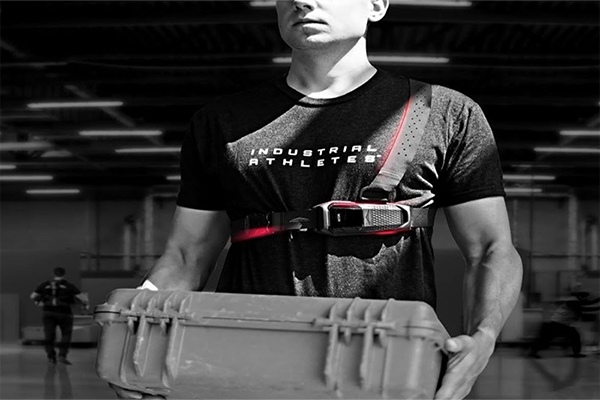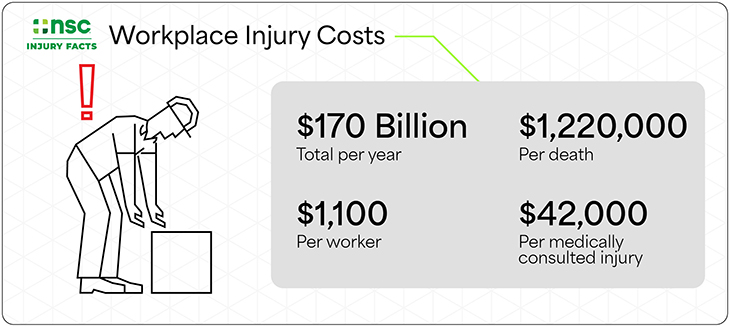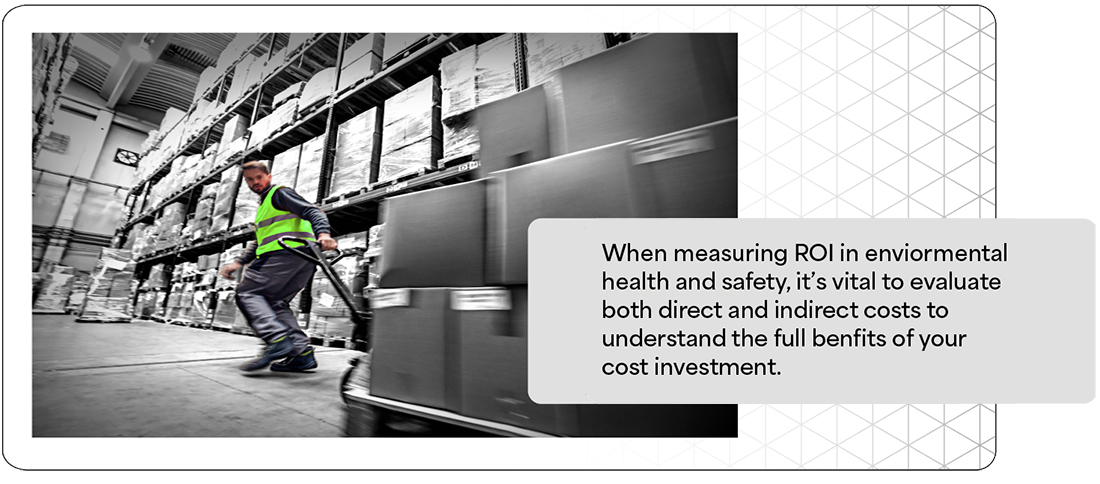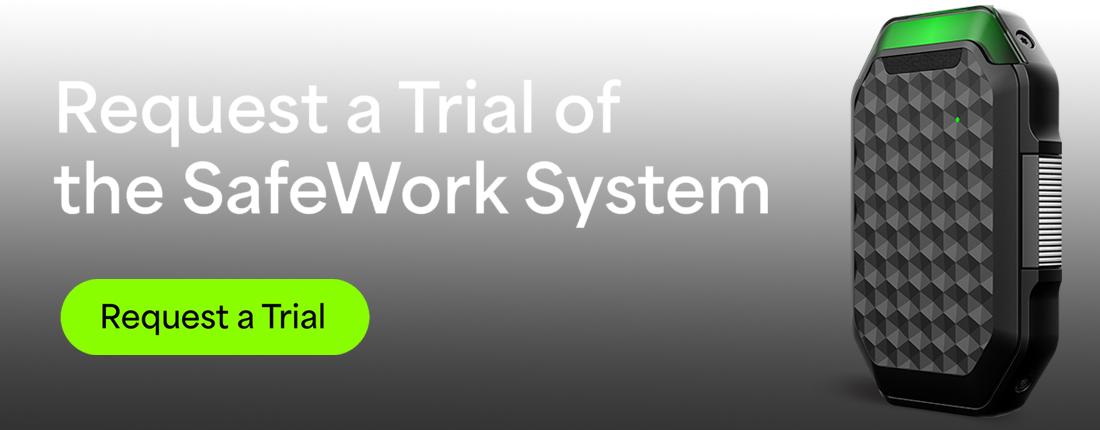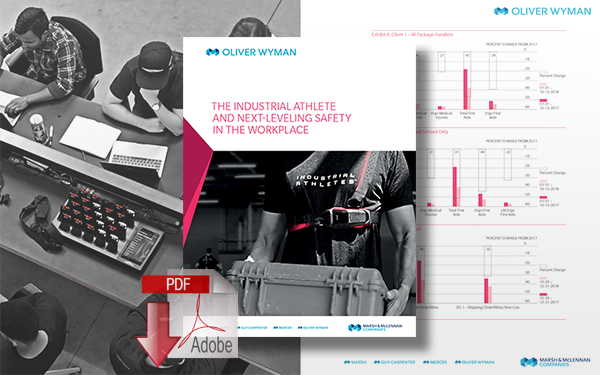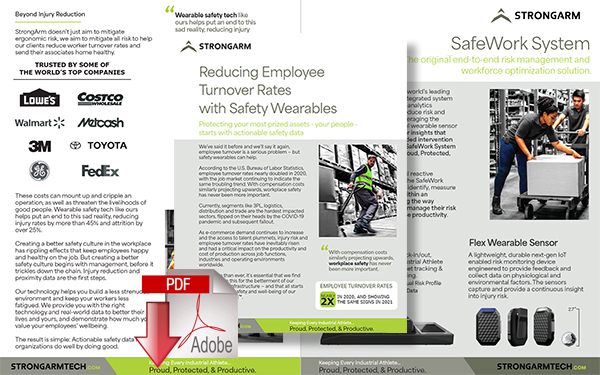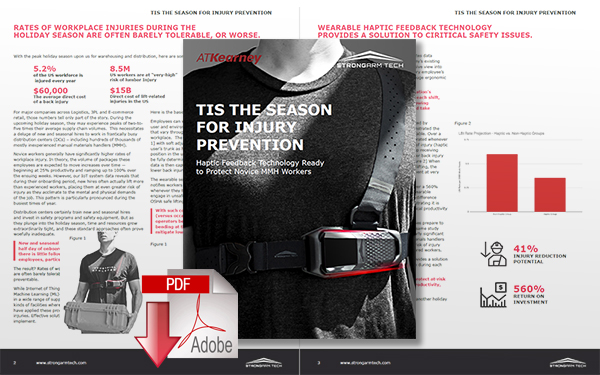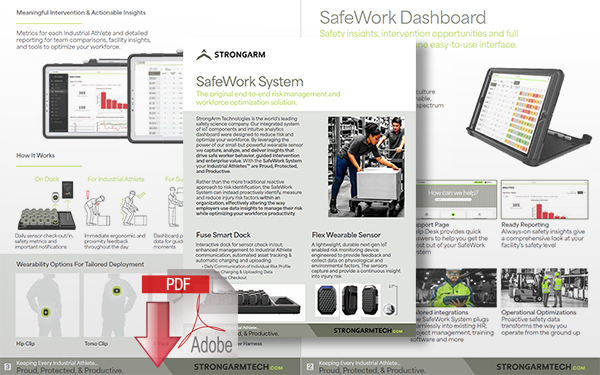Workplace Safety: The Cost of Doing Business or a Worthy Continuous Investment?
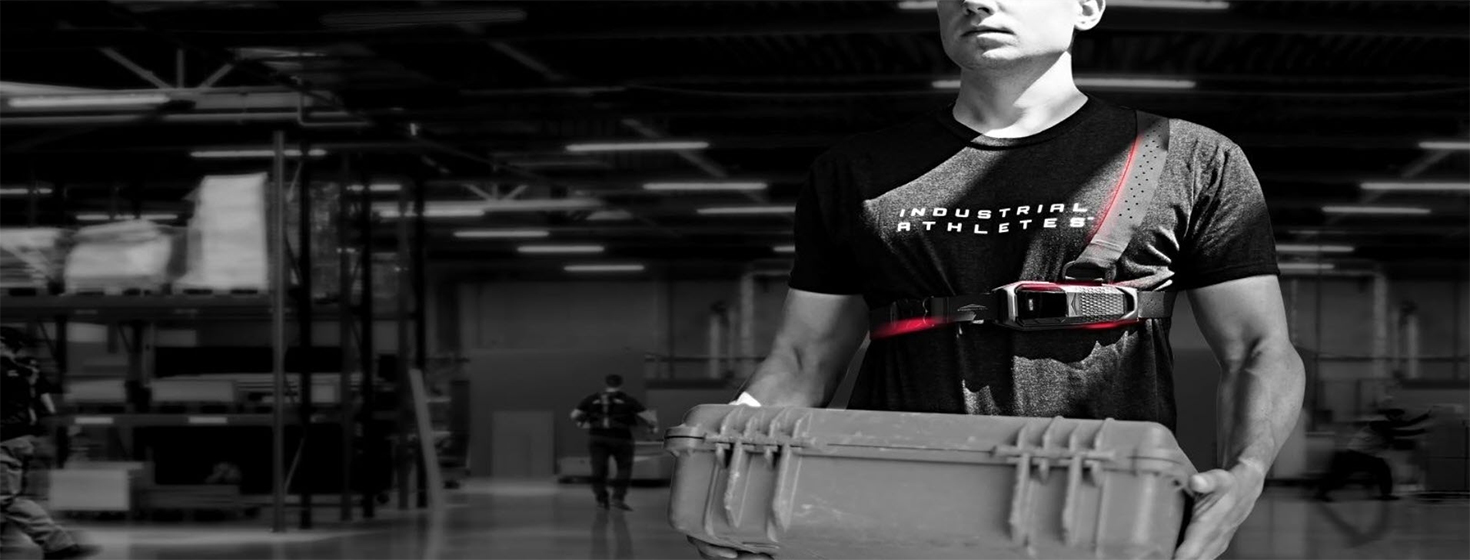
Viewing safety as an investment rather than an expense encourages you to find new ways to help keep your employees safe.
Workplace Safety
All businesses have expenses - the costs of doing business, bills you have to pay to keep things moving.
On the other hand, investments are ways to spend your money that offer a return on what you paid.
The value of investments lies in their ability to earn your money back.
Workplace safety is a continuous investment made up of numerous smaller, distinct parts.
An investment in safety requires direct safety measures.
You also have to commit to education and assessments to build a workplace where every employee understands and is committed to workplace safety.
In 2019, the United States spent $171 billion on workplace injuries. That cost included wage and productivity losses, administrative and medical expenses, and costs to employers after insurance.
A solid workplace safety program can help you reduce your portion of workplace injury costs, giving you a positive return on investment (ROI) for safety programs.
What Is Safety ROI?
Viewing safety as an investment rather than an expense encourages you to find new ways to help keep your employees safe.
In addition to the obvious benefits of a healthier and safer staff, making a committed investment in safety brings economic benefits, including:
- More efficient and accurate work practices.
- Higher employee morale.
- Less turnover and absenteeism.
- Money saved on workers' compensation, lost production time and employees, fines, and citations.
When measuring ROI in environmental health and safety, it's vital to evaluate both direct and indirect costs to understand the full benefits of your investment.
Direct Costs of Workplace Injuries
Workplace injuries' most obvious costs are the ones employers pay directly. Reducing or eliminating your direct costs paid for injuries is part of the ROI safety programs offer. These costs can include things like:
- Medical costs: Workers' compensation covers most direct medical expenses, including doctor and hospital fees, prescriptions, and emergency medical transportation. However, if an employee chooses to sue rather than accept an offered settlement, the company might have to cover those costs.
- Fines and penalties: Safety citations from the Occupational Safety and Health Administration (OSHA) can carry penalties from $390 to $136,532 per violation. Along with the penalties themselves, there may be additional costs in hiring a consultant or attorney to challenge the citations.
- Workers' compensation: The cost of workers' compensation insurance varies by industry, annual payroll, the type of work done, and state laws in the company's location.
- Equipment and property damage: Many workplace injuries involve equipment as either a cause or casualty. Any damage that's done to or by equipment, along with any necessary repairs, factor into an incident's direct costs.
- Administrative expenses: This category covers the cost of incident investigation and reporting.
- Indemnity: When employees miss days of work due to workplace injuries, organizations are still responsible for their wages. Lost time days represent a huge direct financial cost for workplace injuries and MSKs have on average 12 lost time days per incident.
Your workplace accident history influences the cost of your workers' compensation insurance. Investing in safety can reduce your accident rate and lead to lower premiums.
Ensuring fewer accidents also allows you to avoid the cost of OSHA penalties and save on equipment repairs, and legal and administrative costs.
Indirect Costs of Workplace Injuries
While the direct costs of workplace injuries can be considerable, the indirect costs are even more so. Injuries and accidents have a ripple effect on a workplace, generating costs that can reach far beyond the official numbers.
Some of these potential costs can stem from:
- Labor replacements: Injuries lead to higher turnover, both in injured employees and those burned out by a combination of overwork and a high-risk environment. The cost of hiring and training new employees to replace them factors into injury-related costs.
- Incident investigation: After an injury-related incident, safety managers perform an investigation and file a report. The time they spend gathering data, filling out paperwork, and compiling reports is time away from observing working conditions. If hazards go unnoticed there are likely to be more injuries before corrective measures are applied. At best, this leads to a further drop in productivity as more employees are out with injuries. At worst, the increased labor costs may increase prices, driving customers to the competition.
- Lost coverage: When employees are out with an injury or have physical limitations reducing their workload, work increases for the remaining employees. Depending on the number of employees and their average workload, this can often require overtime to ensure production goals are being met.
- Low employee morale: When employees feel unsafe or burned out, their motivation noticeably decreases, leading to increased rates of absenteeism and turnover. In 2020, the U.S. transportation, warehousing, and utility sector had a 59.5% turnover rate. The employees who remain are often less productive and produce a lower quality of work.
- Repairing damaged equipment: Equipment broken or damaged in an injury incident adds additional cost through production time lost while it's being replaced or repaired.
- Legal fees: An injured employee can appeal a rejected workers' compensation claim or reject a settlement in favor of suing for a higher payout. In these cases, legal fees become another indirect cost of the injury.
Tallying up these indirect costs, it's clear that the price for each injury is far higher than it looks on paper. However, you can help reduce your indirect costs through the ROI safety services provide.
An investment in safety that leads to fewer injuries will also produce:
- More time for safety managers to spot and correct potential hazards.
- More efficient and accurate production.
- Higher employee morale.
- Higher employee retention rates.
How Do You Calculate ROI on Safety?
To calculate the return on investment on your safety program, you first need to gather your direct and indirect costs. You can use the data from your accounting and incident reports to calculate those numbers. If you know your annual workers' compensation cost, profit margin, and a number of injuries, you can also use the OSHA Safety Pays Program to get an estimate.
Once you have your numbers, do the following:
- Add your direct and indirect expenses to get your total cost.
- Divide the total cost by the cost of your safety program.
- Multiply your result to get your ROI percentage.
ROI of StrongArm's SafeWork System
When you choose StrongArm Tech's SafeWork System as your safety platform, our wearable sensors detect and collect essential information about your workers' environment and movement.
These sensors monitor physical and environmental risk factors and alert the wearer if they make a dangerous movement. The data the sensors collect automatically uploads to our risk management software, letting safety managers easily identify areas for improvement.
The SafeWork System gives you hard data to assess risk rather than relying on subjective observations, letting you safeguard your employees' morale and reduce your costs. You can even share it with your insurance underwriter - the Safety Score software calculates your investment in your workers' health and safety may lower your insurance rates.
We consistently deliver an ROI of 250% or higher with our SafeWork System. Get a look at how high yours could be with StrongArm's safety ROI calculator.
Request a Trial of the SafeWork System
At StrongArm Tech, we work closely with you to tailor our safety program to the needs of your workers and managers. We'll help you determine which safety wearable package is best for you and how your safety reports should appear, giving you a scalable safety solution that perfectly fits your facility’s daily routine.
If you're ready to see how SafeWork can help keep your Industrial Athletes™ safer, request a trial today!
Related Resource
The Industrial Athlete and Next-Leveling Safety in the Workplace
This paper analyzes how companies can get ahead of workplace injuries and take their risk management to the “next level” in protecting valuable employees’ health while improving productivity and profitability. Download Now!
Reducing Employee Turnover Rates with Safety Wearables
In this resource we detail how protecting your most prized assets - your people - starts with actionable safety data, then we describe how StrongArm Technologies SafeWork System end-to-end risk management and workforce optimization solutions. Download Now!
Tis the Season for Injury Prevention
This paper details a controlled study of Wearable Haptic Feedback Technology, conducted by StrongArm Tech at a major 3PL company, and demonstrated the degree to which manual materials handlers' injuries are preventable. Download Now!
StrongArm Technologies SafeWork System
The original end-to-end risk management and workforce optimization solution. Download Now!
More Resources from StrongArm Technologies
Related How to Improve Safety Culture in the Workplace and the Company & Employee Benefits of Doing So
Article Topics
StrongArm Technologies News & Resources
How to Implement a Workplace Safety Management System The Results of StrongArm Technologies 2022 Industrial Athlete Workforce Report The 2022 Industrial Athlete Workforce Report StrongArm Tech SafeWork System Components Proudly Made in America Keeping Each Other Safe - June National Safety Month Breaking Down the SafeWork System Activation Program Leveraging Temperature Data for Deeper Heat Risk Insights More StrongArm TechnologiesLatest in Technology
South Korea Finally Overtakes China in Goods Exported to U.S. SAP Unveils New AI-Driven Supply Chain Innovations U.S. Manufacturing is Growing but Employment Not Keeping Pace The Two Most Important Factors in Last-Mile Delivery Spotlight Startup: Cart.com is Reimagining Logistics Walmart and Swisslog Expand Partnership with New Texas Facility Taking Stock of Today’s Robotics Market and What the Future Holds More Technology